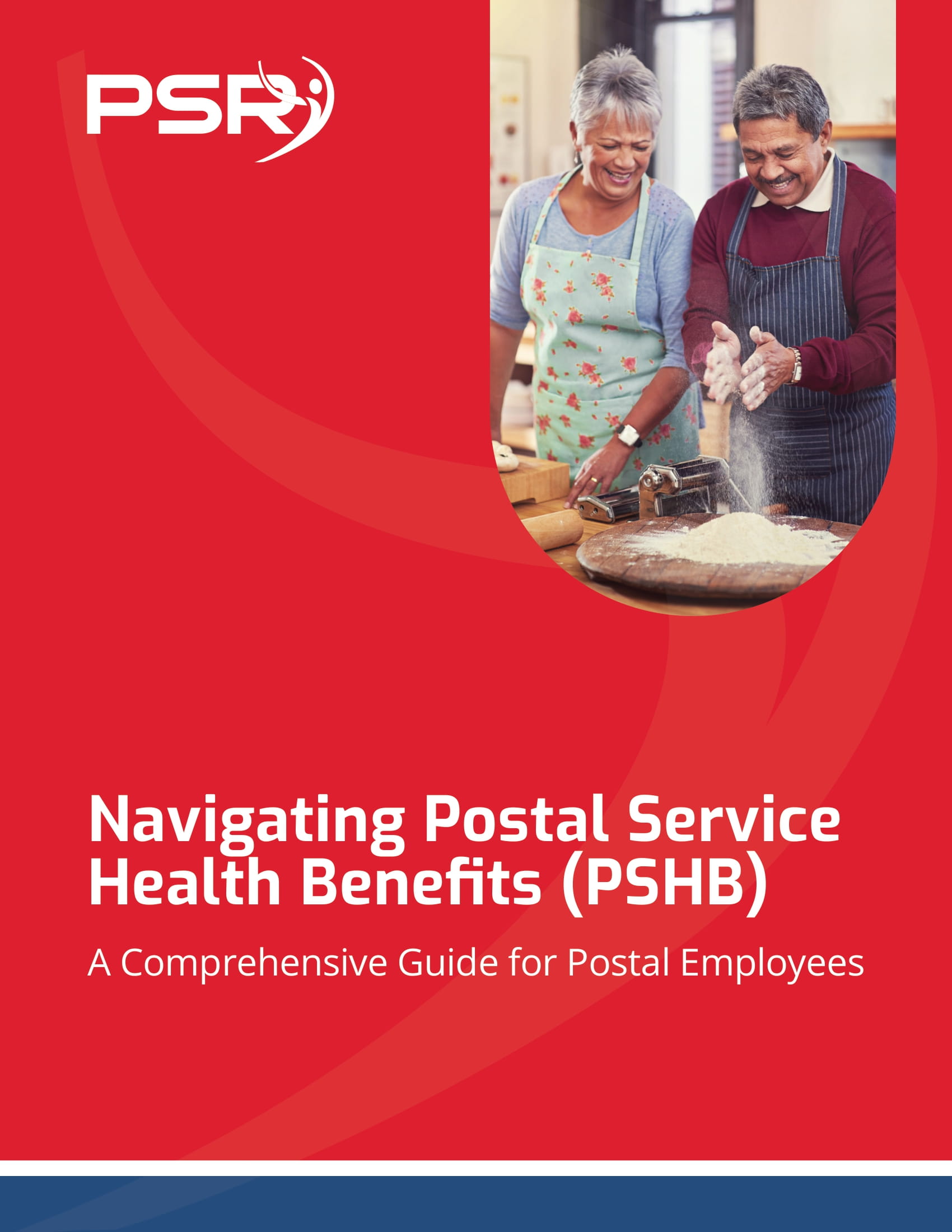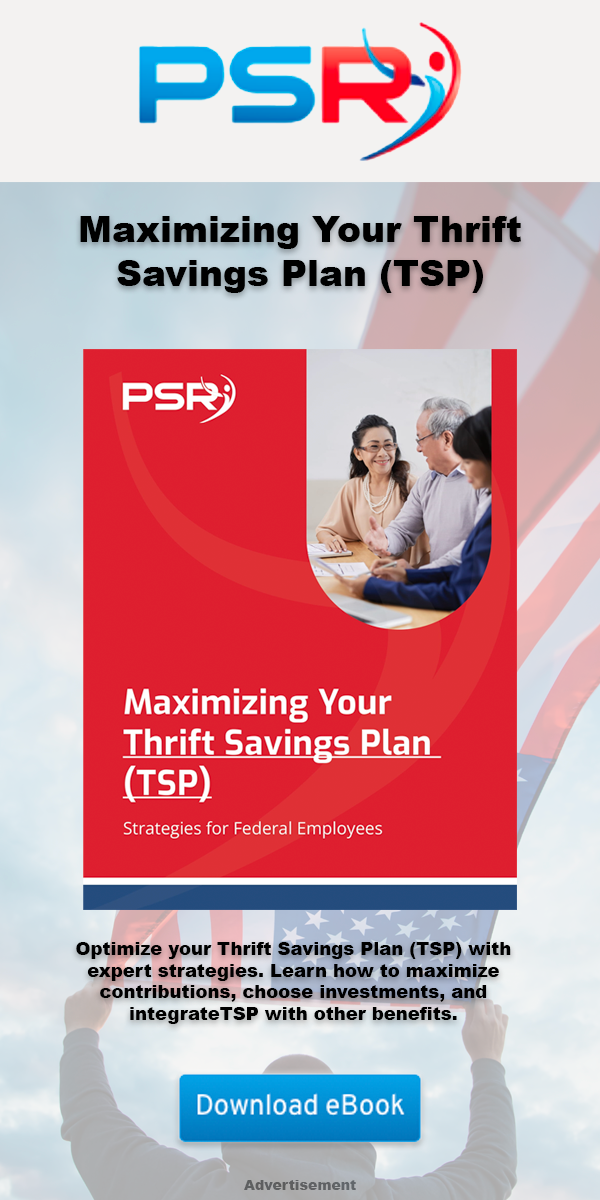Key Takeaways
- Understanding Medicare enrollment changes can save you money and ensure you maintain comprehensive coverage.
- Federal employees and retirees have specific rules and timelines to follow, making it crucial to stay informed about updates.
The Big Picture: Medicare and Federal Employees
Navigating Medicare enrollment as a federal employee or retiree can feel overwhelming. With federal benefits like the Federal Employees Health Benefits (FEHB) program already in place, you might wonder why Medicare matters or how it fits into your current healthcare coverage. But Medicare isn’t just an optional add-on—it’s a key piece of the puzzle, especially as rules and costs evolve.
- Also Read: New Rules for Federal Employees in 2025: What You Need to Know to Stay Ahead
- Also Read: Seven TSP Fund Allocation Strategies Federal Employees Are Using to Strengthen Their Retirement Portfolios
- Also Read: Military Buyback for Federal Employees: Is It Really Worth It? Here’s What You Need to Weigh Up
Medicare Enrollment: The Basics
Before diving into what’s changing, it’s important to understand the basics of Medicare enrollment. Whether you’re an active federal employee nearing retirement or already retired, you’ll need to navigate Medicare’s structure carefully.
Key Parts of Medicare You Should Know
Medicare is divided into several parts, each covering different aspects of healthcare:
- Part A: Covers hospital stays, skilled nursing facilities, and some home healthcare services. Most people qualify for premium-free Part A based on their work history.
- Part B: Covers outpatient care, preventive services, and doctor visits. Part B comes with a monthly premium and an annual deductible.
- Part D: Helps cover the cost of prescription drugs, with premiums varying depending on the plan.
- Medicare Advantage (Part C): These are plans offered by private insurers and combine Parts A, B, and sometimes D. Federal employees often weigh this option carefully due to its overlap with FEHB.
Enrollment Timelines
- Initial Enrollment Period (IEP): This seven-month window starts three months before you turn 65, includes your birthday month, and ends three months after. Missing this window can lead to late enrollment penalties.
- General Enrollment Period (GEP): Runs annually from January 1 to March 31. If you missed IEP, this is your chance to enroll, but coverage won’t begin until July 1.
- Special Enrollment Period (SEP): For federal employees, this can apply if you delay Medicare enrollment because of active employment. You’ll have an eight-month window to enroll after leaving employment.
How Medicare and FEHB Work Together
As a federal employee or retiree, you have unique advantages thanks to the FEHB program. When you become eligible for Medicare, you can decide how to coordinate these benefits.
Do You Need Both FEHB and Medicare?
The short answer is: it depends. Many federal employees choose to keep their FEHB coverage even after enrolling in Medicare. Why? FEHB offers comprehensive coverage that often includes prescription drugs, dental, and vision care, which Medicare doesn’t fully cover.
Coordinating Benefits
If you enroll in both, Medicare usually becomes your primary coverage, with FEHB acting as secondary insurance. This means Medicare pays first, and FEHB covers remaining costs. For retirees, this can result in lower out-of-pocket expenses.
What’s Changing in Medicare This Year
Part B Premium Adjustments
Medicare Part B premiums often rise annually, and this year is no exception. While the standard premium applies to most beneficiaries, higher earners pay additional amounts under the Income-Related Monthly Adjustment Amount (IRMAA).
Prescription Drug Cost Reforms
For those enrolled in Medicare Part D, new reforms are capping certain out-of-pocket expenses. This is a game-changer if you rely on high-cost medications.
FEHB and Medicare Enrollment Mandates
For federal retirees who are transitioning to the Postal Service Health Benefits (PSHB) program in 2025, Medicare Part B enrollment is becoming a requirement unless exceptions apply. If you’re already retired, pay close attention to these changes, as they could affect your future coverage.
Avoiding Medicare Pitfalls: What to Watch Out For
Medicare enrollment isn’t automatic unless you’re already receiving Social Security benefits. Missing deadlines or misunderstanding requirements can result in penalties and gaps in coverage.
Late Enrollment Penalties
Failing to enroll in Medicare Parts A, B, or D during the appropriate periods can lead to significant penalties that last a lifetime. For example, the Part B penalty adds 10% to your premium for every 12-month period you were eligible but didn’t enroll.
Choosing the Right Plan
If you’re considering Medicare Advantage, remember that its offerings vary widely and might not always complement your FEHB benefits. Always evaluate your healthcare needs and costs before making decisions.
Planning for Medicare as a Federal Retiree
If you’re planning to retire soon, Medicare enrollment should be part of your strategy. Here’s a step-by-step approach:
-
Evaluate Your Current Coverage
Review your FEHB plan and compare it to Medicare’s offerings. Consider factors like premium costs, covered services, and out-of-pocket expenses. -
Decide When to Enroll in Medicare
If you’re still working past 65, you may delay Part B without penalties. But if you plan to retire, enrolling during your IEP is crucial to avoid gaps. -
Understand Coordination Rules
Medicare will generally act as your primary insurance if you’re retired. Know how your FEHB plan will coordinate with Medicare to maximize your benefits. -
Review Plan Changes Annually
Medicare and FEHB plans change yearly. During the Annual Enrollment Period (AEP) for Medicare (October 15 to December 7), and Open Season for FEHB (mid-November to mid-December), review your options.
Why These Changes Matter
Keeping up with Medicare updates isn’t just about avoiding penalties—it’s about ensuring you have the best possible healthcare coverage. For federal employees and retirees, the integration of FEHB and Medicare offers a unique opportunity to reduce costs while maintaining access to quality care.
These updates also highlight the importance of proactive planning. By understanding how Medicare works alongside your FEHB benefits, you can make informed decisions that protect your health and your wallet.
Stay Ahead of Medicare Changes
Whether you’re nearing retirement or already enjoying your golden years, staying informed is your best defense against unexpected costs and coverage gaps. The Medicare landscape is always shifting, and as a federal employee or retiree, you have unique tools to navigate these changes.
Make sure to mark your calendar for enrollment deadlines, review your options annually, and take advantage of resources available through federal agencies. A little preparation now can save you significant stress—and money—later.









